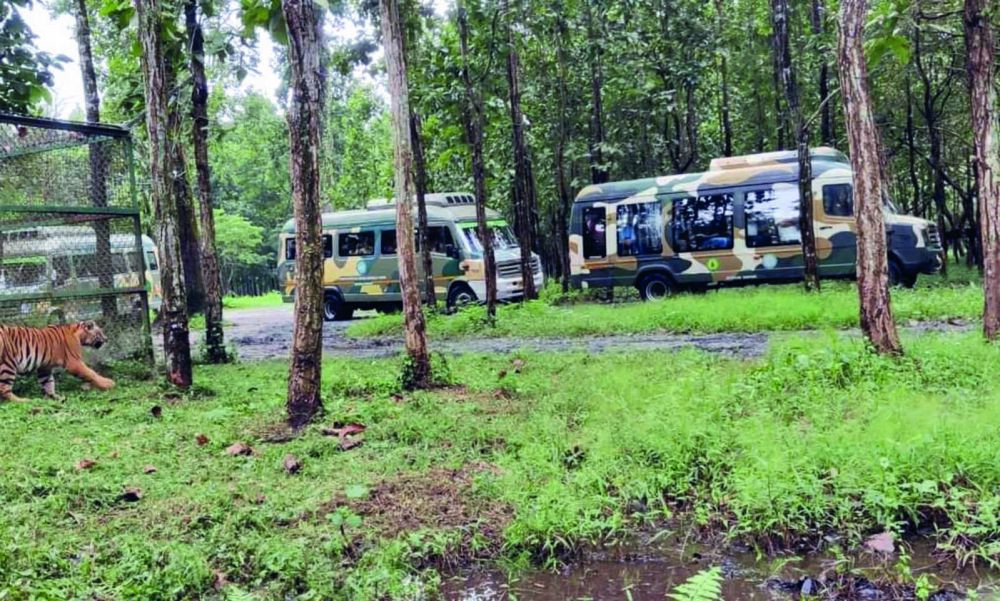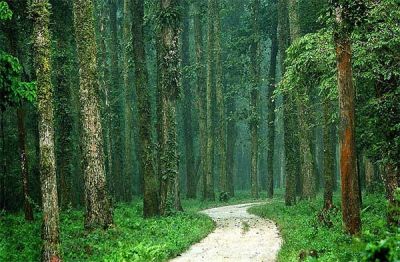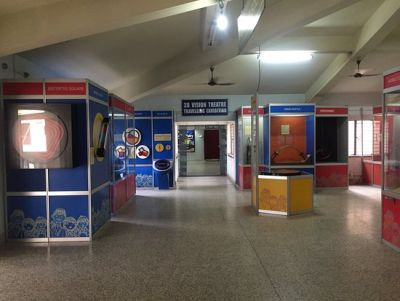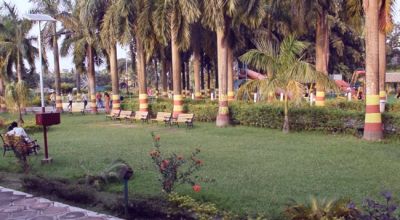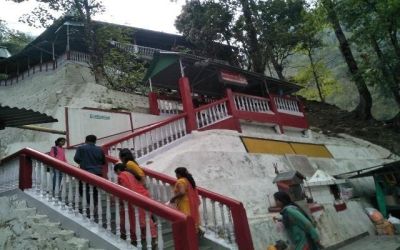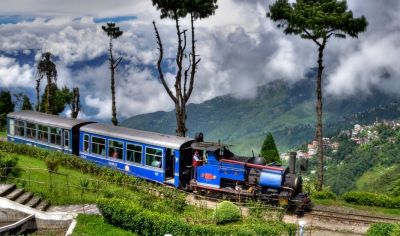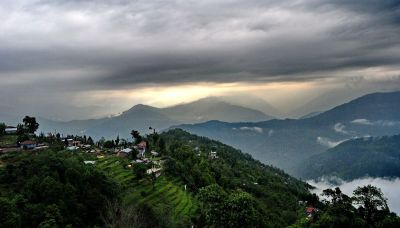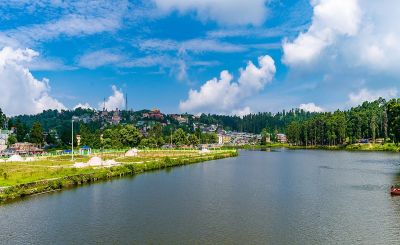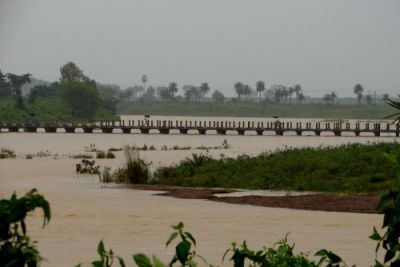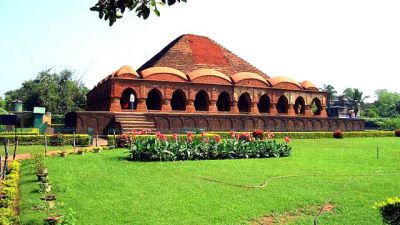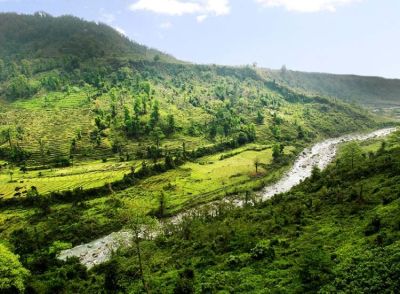Bengal Safari Park, Siliguri – An Overview of Tourism History
The city of Siliguri, situated at the foothills of the Himalayas, is a gateway to the northeastern states of India and neighboring countries like Bhutan. Siliguri has always held strategic importance in terms of trade and transit, and this has played a role in facilitating tourism in the region.
Early Beginnings of Tourism in Siliguri
Although not historically a primary tourist destination, Siliguri's natural beauty and proximity to famous attractions have gradually made it an essential stop for tourists. The inception of tourism in Siliguri could be traced back to the development of the tea industry in the mid-1800s and the establishment of the Darjeeling Himalayan Railway in 1881, which is now a UNESCO World Heritage Site. These developments sparked an increase in visitors to the region, including those en route to Darjeeling and Sikkim.
Establishment of Bengal Safari Park
The Bengal Safari Park, officially known as the North Bengal Wild Animals Park, is a relatively new addition to the tourism portfolio of Siliguri. It was inaugurated on January 23, 2016, and has since become a significant attraction for wildlife enthusiasts and family tourists alike. Spanning approximately 297 hectares, it was established with the intent to offer a naturalistic habitat for the fauna and a space of entertainment and education for the visitors.
Attractions and Growth
The park features a variety of wildlife, including Royal Bengal tigers, Asian elephants, Himalayan black bears, leopards, and a large number of bird species. Guided safari tours provide tourists an opportunity to witness these animals in a setting that closely resembles their natural habitat.
The growth in tourism at the Bengal Safari Park has led to the development of other tourist facilities in the vicinity, including resorts, souvenir shops, and better transportation links. While it started with just a handful of animals and basic amenities, the park has consistently expanded to include more species and enhanced the visitor experience with better infrastructure and services.
Latest Tourism Trends in Siliguri Related to Bengal Safari Park
The latest trends in tourism at the Bengal Safari Park show a growing interest in eco-tourism and sustainable travel. Tourists are increasingly seeking experiences that are environmentally responsible and which allow for personal interactions with wildlife in a manner that does not disrupt the natural ecosystem.
In response to these trends, the park management has been focusing on activities that promote conservation education and awareness. They have implemented measures to minimize the ecological footprint of the park and its visitors, such as using electric vehicles for safaris and advocating for the reduction of plastic usage within the park's premises.
Accessibility and digitalization are also key trends. Online booking systems, virtual tours, and informative apps have made it easier for visitors to plan their visit and learn about the wildlife and conservation efforts. These advancements not only improve the visitor experience but also help in crowd management and reducing the impact on the environment.
Conclusion
The Bengal Safari Park is a testament to the evolving nature of tourism in Siliguri. The city's historical role as a transit point has been redefined to highlight its potential as a destination with its own unique attractions. The park's commitment to sustainable tourism and conservation is setting new standards for attractions in the region and contributing to the growth of tourism in Siliguri in a responsible manner.
